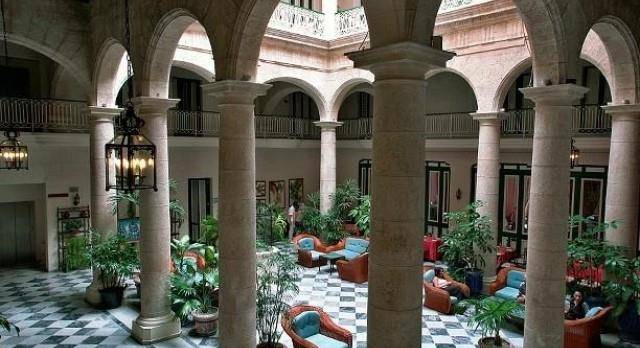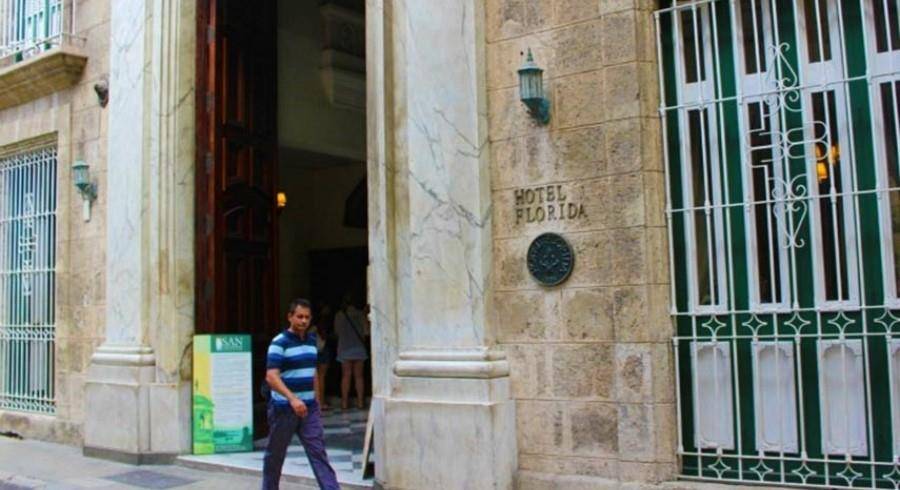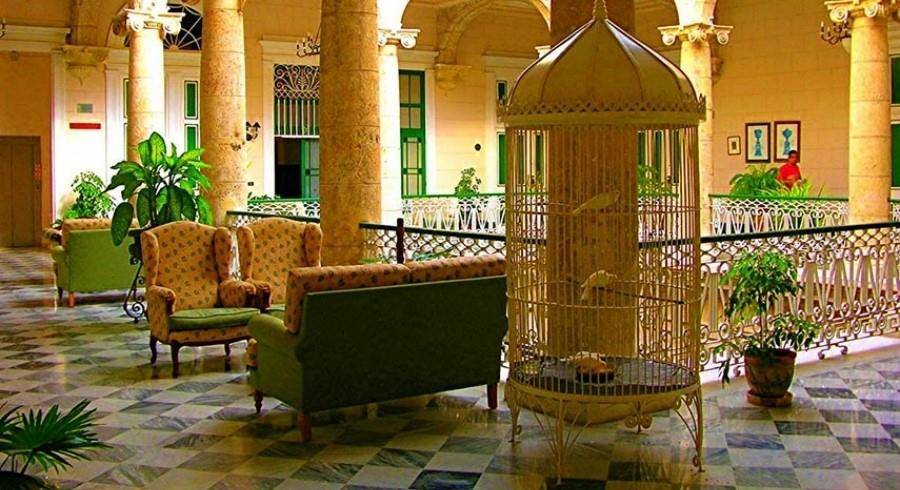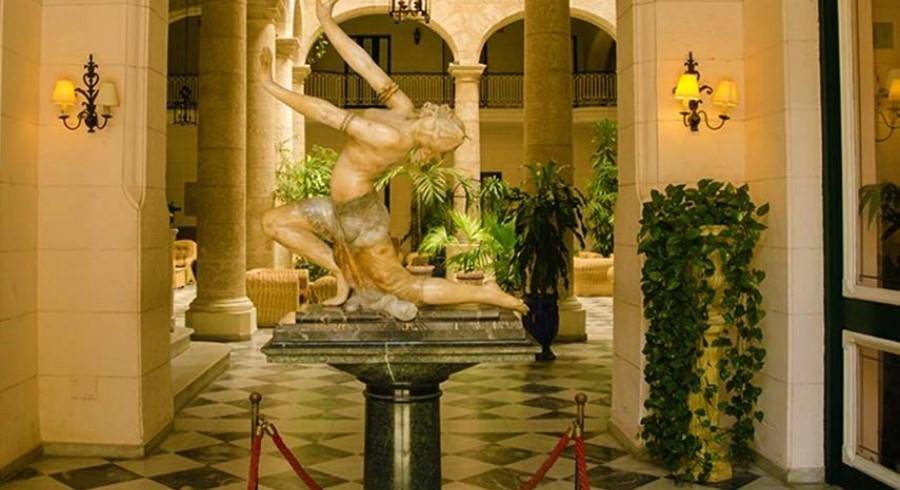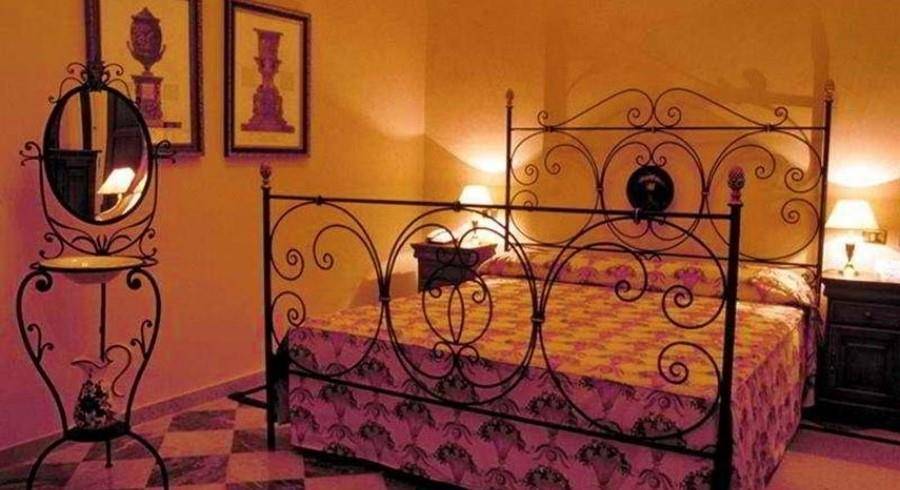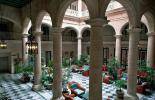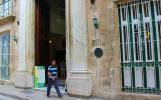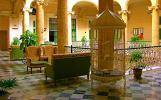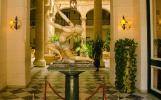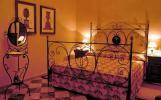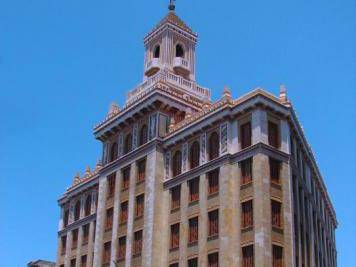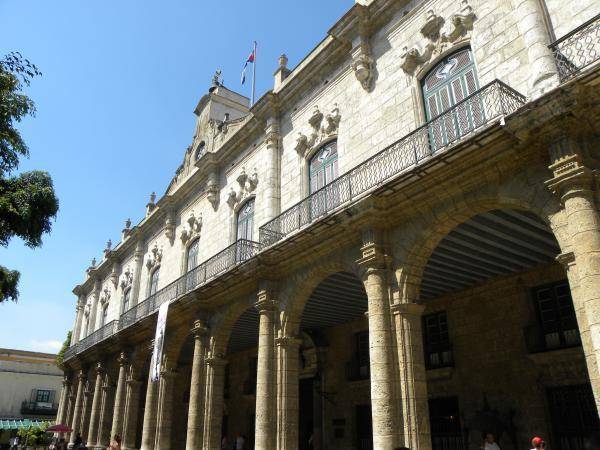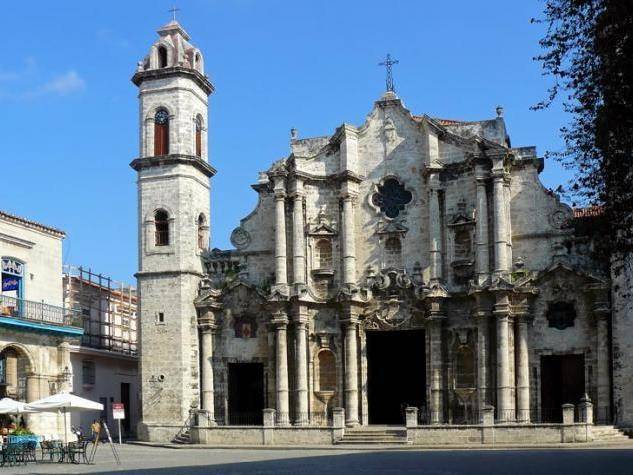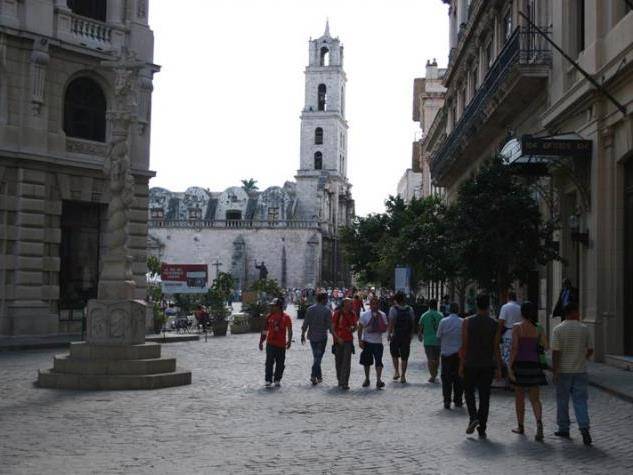
Santa Clara Convent
The Convento de Santa Clara (Santa Clara Convent) is located at the south of Plaza Vieja Square of Havana. This is the biggest and oldest convent in all of Cuba, built between 1638 and 1643, and it is a good example of early Spanish influenced architecture. It was actually the first female convent in the city. The temple stopped serving for religious purposes in 1920, housing for some time the Ministry of Public Works. It is currently part of the restoration team of Old Havana. It being recommended to visit the Colonial-style interior patio, where the first public fountain of the city was found; the cloister, the cells of the nuns and the small cemetery.

